Neisseria sicca is a bacterial species with single strains that fall into the genus Neisseria and are assigned to the parent family Neisseriaceae. The bacteria live as commensals in the human respiratory tract and need oxygen for their metabolism. The aerobes were observed in immunocompromised people as causative agents of pneumonia and meningitis.
What is Neisseria Sicca?
The domain of bacteria is subdivided into different departments. One of them is the Proteobacteria department, which is one of the most diverse bacterial departments. The department is divided into several classes with different orders. The Betaproteobacteria form a class of the Proteobacteria, which include orders such as the so-called Neisseriales. The Neisseriaceae family, which includes the genus Neisseria, belongs to this order.
Individual types of bacteria in the Neisseria genus are bacteria with gram-negative staining behavior. The genus is named after the bacteriologist Albert Neisser, who discovered Neisseria gonorrhoeae and thus the gonorrhea pathogen. Neisseria bacteria can exist in the form of diplococci and in this case occur as pairs of spherical bacterial cells. Many species of the genus are of particular medical relevance and are considered to be pathogenic to humans.
One species of the Neisseriaceae family are the bacteria of the species Neisseria sicca, the individual strains of which have not yet been conclusively researched. So far, the involvement of bacteria in diseases has not been definitively proven. Nevertheless, a possible human pathogenic property is up for discussion.
Occurrence, Distribution & Properties
Bacteria of the Neisseria sicca species are aerobic microorganisms. The bacteria therefore need oxygen for their metabolism and cannot grow in an oxygen-poor environment. The oxygen is mainly used for oxidative metabolism in the energy metabolism. From a chemical point of view, all aerobic processes are to be understood as oxidations. The bacteria have the enzyme oxidase to utilize oxygen, so they are oxidase-positive. They are equipped with an O repeat structure in the lipopolysaccharide.
In order to multiply and to attach to the cells of their host, the bacteria carry so-called pili. These are proteinergic adhesins that enable the Neisseria sicca species to attach between boundary zones. Adhesins ensure, for example, that the bacteria are not washed away in liquid nutrient media. The bacteria do not carry flagella. In addition, they do not form spores.
Their optimal growth is at temperatures between 32 and 36 degrees Celsius, with no pigment formation. Neisseria sicca occur in the human body in the mucous membranes of the upper airways, as this is where they get enough oxygen.
As a rule, they live as commensals in the human organism. This means that colonization with bacteria in most cases neither harms nor benefits humans. However, the bacteria can get into the blood through wounds and cause bacteremia.
For people with healthy immune systems, this doesn't seem like a very likely scenario. The bacteria are recognized by their defense system as foreign particles, attacked and contained within a very short time. According to speculations, the bacteria can presumably cause endogenous infections in people with age-physiologically immunocompromised people, sick people or immunosuppressed individuals. The infection is called 'endogenous' because in this case the pathogen comes from the own body.
Since Neisseria sicca colonize the upper respiratory tract as commensals, infections with weak immune systems mainly affect the respiratory organs. However, a wide spread of the infection is not generally excluded.
Illnesses & ailments
In the worst case, bacteremia can lead to blood poisoning in the form of sepsis. In the event of septic shock from bacteria, the circulation can collapse. Septic conditions are acute systemic inflammatory reactions of the whole body and are associated with life threatening. Bacteria can multiply without intervention by the immune system, especially in immunocompromised people, and are transported via the bloodstream to various organs, where they can cause infections.
To what extent bacteria of the Neisseria sicca species can cause sepsis has not yet been clarified. As a pathogen, however, they seem to be associated with meningitis in immunodeficient patients. This is an inflammation of the meninges and spinal cord membranes. Because of the close proximity of this inflammation to the brain and spinal cord, bacterial meningitis is to be understood as a life-threatening condition.
The most common symptoms of meningitis (meningitis) are more or less severe headache, stiff neck, fever and decreased consciousness. In addition, nausea and an over-sensitivity to light and noise can occur.
Older children in particular often develop Neisseria meningitidis, which is primarily caused by meningococci of the genus Neisseria. Since Neisseria sicca was also detectable in the CSF fluid of meningitis patients in individual cases, meningitis can presumably also be caused by them.
As a rule, the bacteria of this species are considered commensals until the immune system is weakened. In the past, the bacteria caused pneumonia in immunodeficient patients, while they colonized the lungs of healthy patients without pathological consequences. In connection with pneumonia, bacteria of the Neisseria sicca species cannot generally be described as pathogens, but only as pathogens in immunocompromised people. The same is evidently true of the meningitis caused by Neisseria sicca.
The pneumonia caused by the bacterial species mainly affected elderly patients, whereby the administration of penicillin led to a healing of the inflammation in every case documented so far.

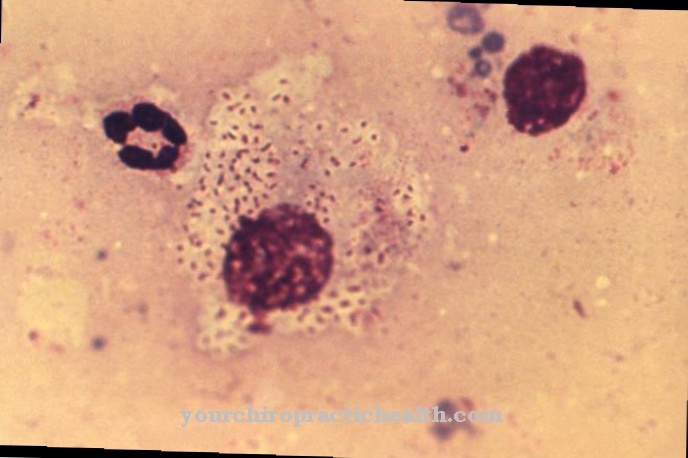
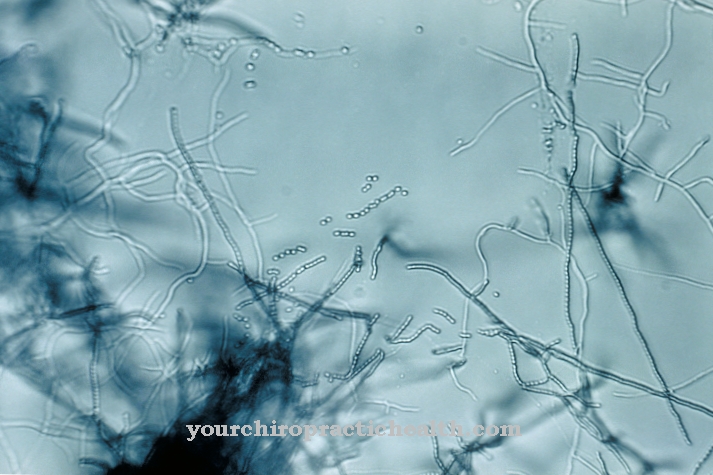
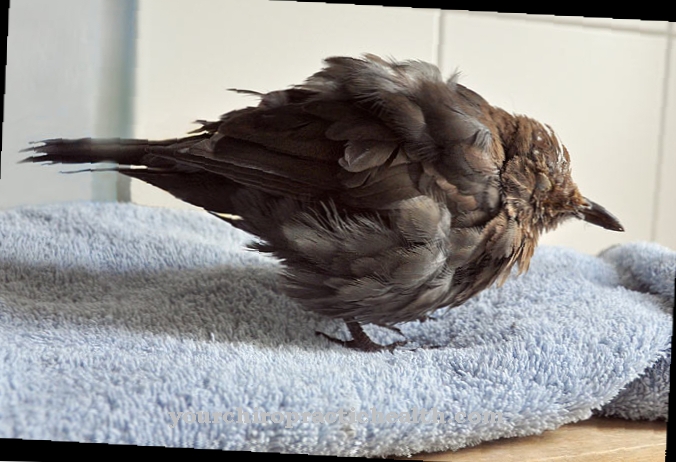
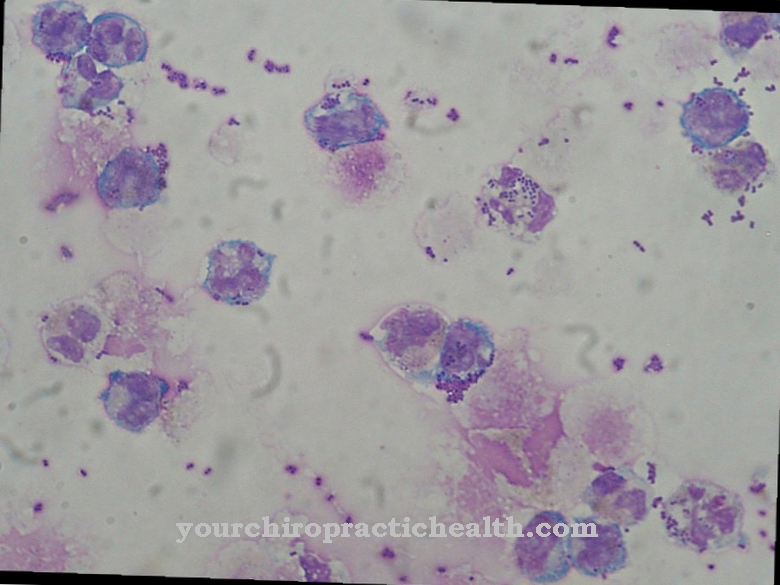

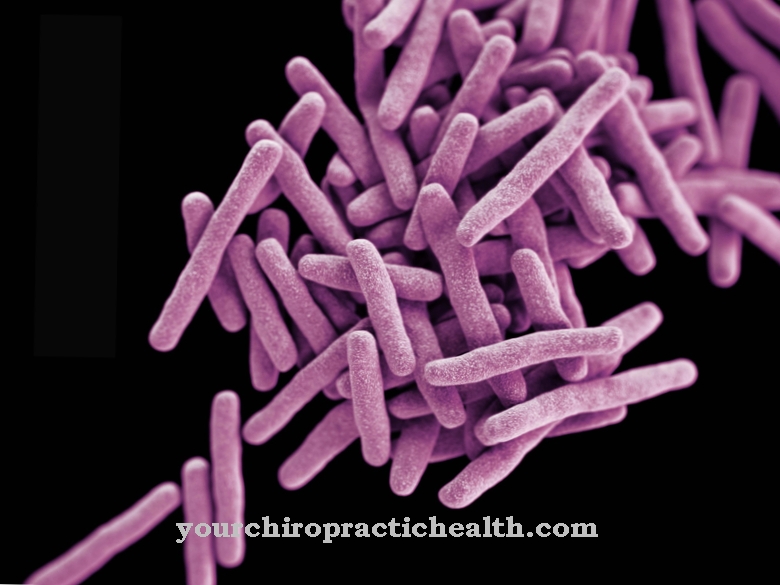





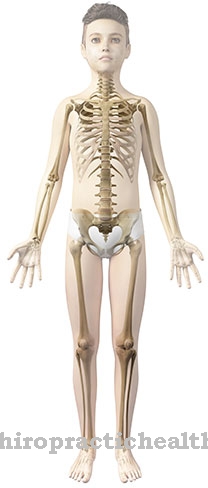



.jpg)


.jpg)

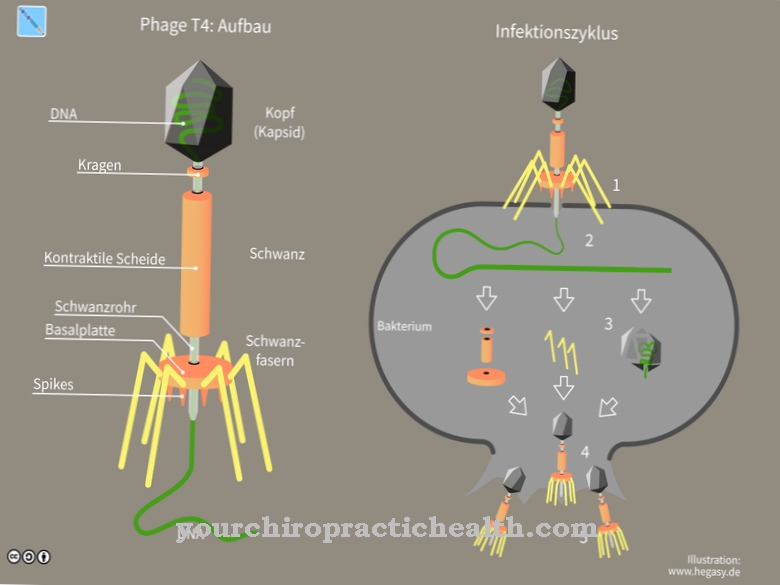
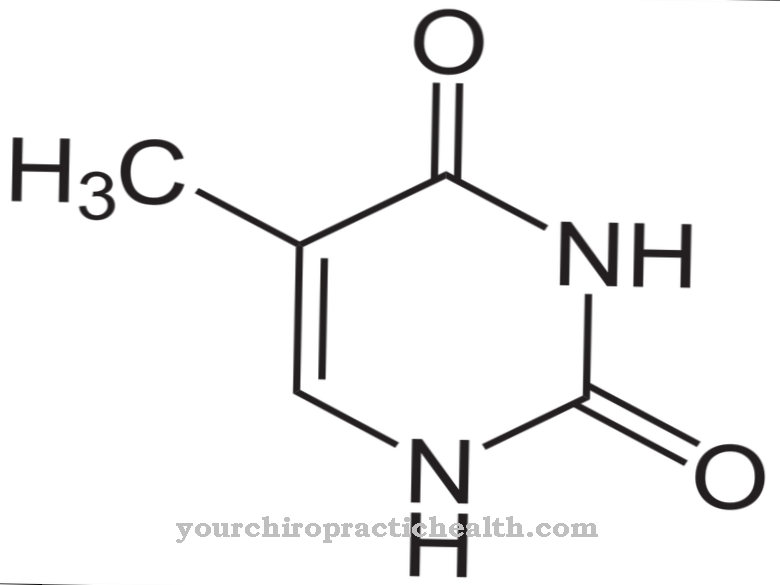



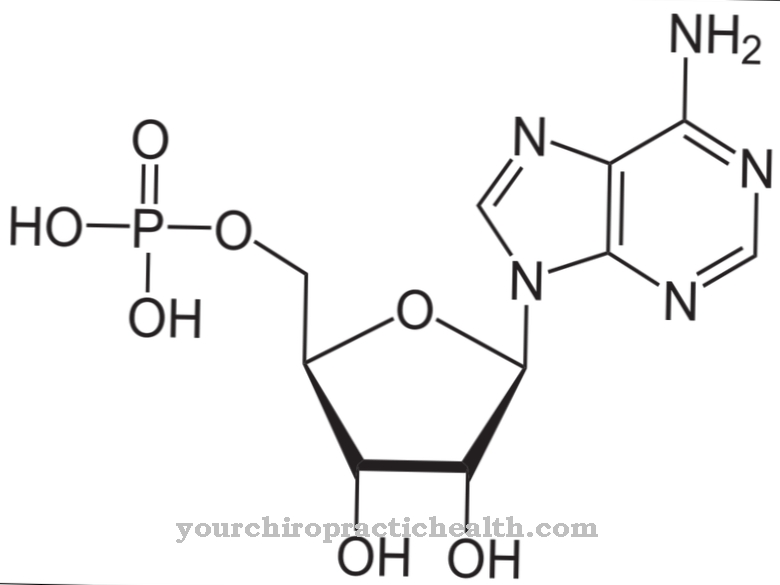
.jpg)
